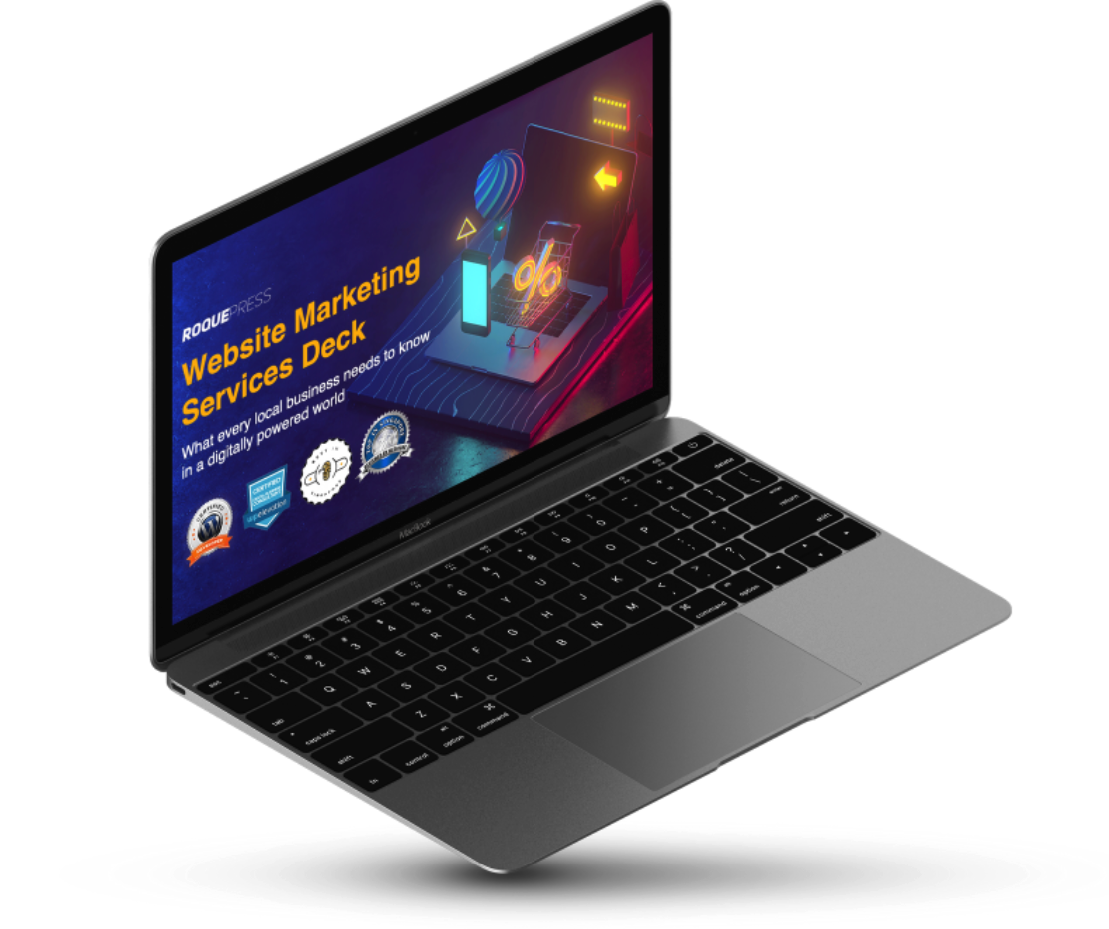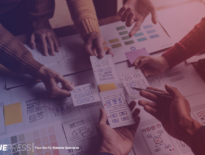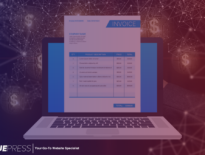Web design has come a long way since the dawn of the internet. Remember the days of dial-up, clunky websites, and pixelated graphics? Those days are long gone. Today, the internet is a vibrant, dynamic space, brimming with creativity and innovation.
This evolution didn’t just happen overnight. It’s been an exciting journey, fuelled by new technologies and the endless creativity of web designers. But where did it all start? And what’s next for web design?
Just like a chameleon, web design is constantly changing and adapting to its environment. It’s all about staying ahead of the curve and embracing new technologies. From VR to AI, the possibilities are endless. So, let’s dive in and explore the fascinating evolution of web design!
What’s more, the future of web design looks brighter than ever. With new technologies popping up every day, it’s hard to predict exactly what the future holds. But one thing’s for sure – web design will continue to evolve, adapt and amaze us. So, sit back, relax and join us on this exciting journey through the past, present and future of web design!
The Importance of Web Design
Welcome, fellow internet enthusiasts! Today, we embark on a journey to explore the fascinating world of web design. In this section, we will delve into the importance of web design and the impact it has on enhancing user experience and driving conversions. So, buckle up and let’s dive right in!
Enhancing User Experience
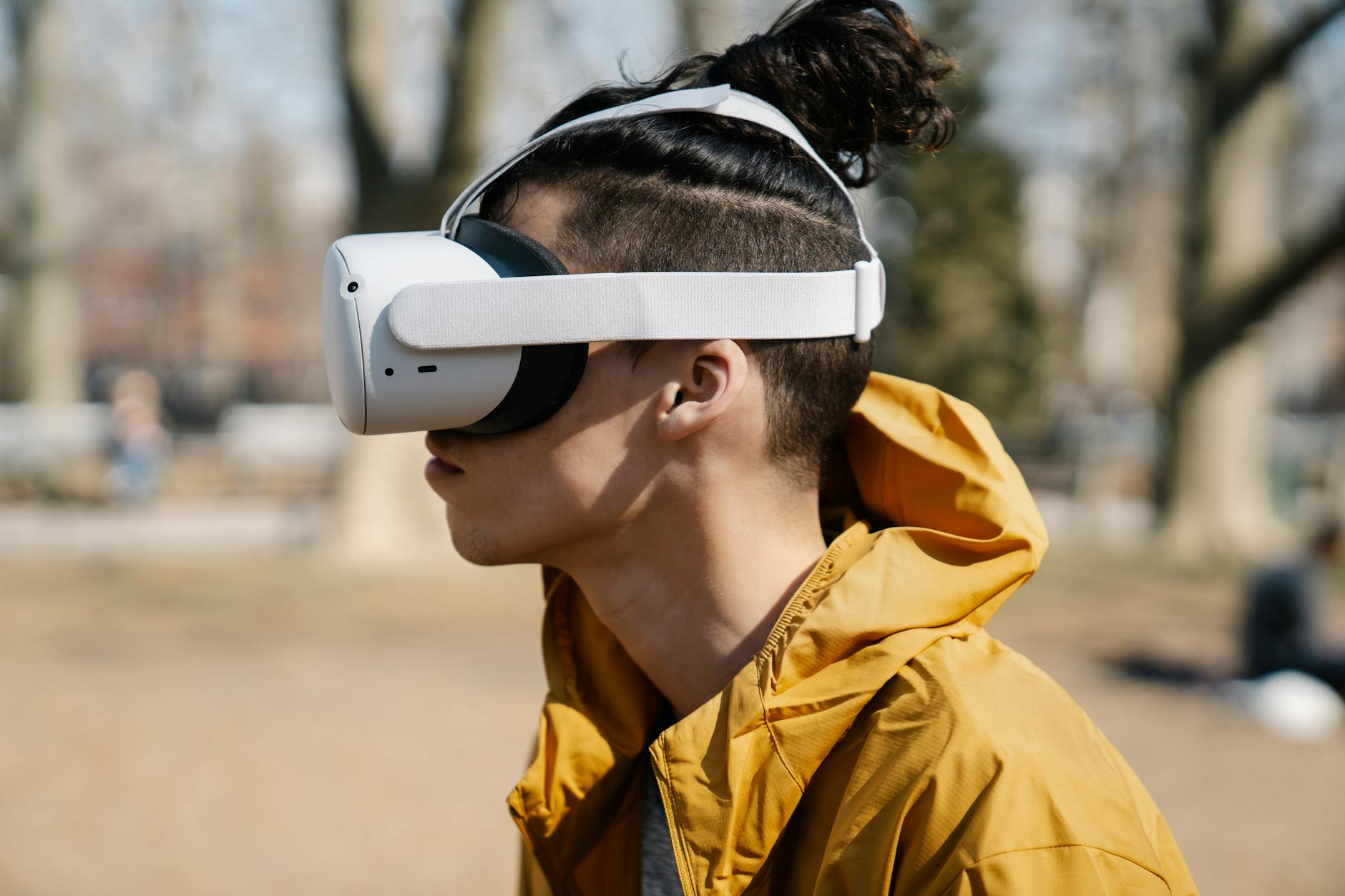
Imagine visiting a website that looks like it’s stuck in the 90s, with clashing colors, confusing navigation, and text that’s barely readable. How would you feel? Frustrated? Confused? You’d likely hit the back button faster than a speeding bullet.
That’s where web design comes to the rescue! Web design plays a crucial role in enhancing user experience. By creating visually appealing layouts, intuitive navigation, and responsive designs, web designers ensure that users can effortlessly find what they’re looking for and have an enjoyable browsing experience.
With the ever-increasing number of websites competing for attention, user experience has become paramount. A well-designed website not only captivates users but also keeps them engaged, encouraging them to explore further and stay on your site longer. Remember, a happy user is more likely to convert into a loyal customer.
Driving Conversions

Now that we understand the importance of user experience, let’s talk about how web design drives conversions. Imagine you have a beautifully designed website that showcases your products or services to perfection. The design elements, such as compelling call-to-action buttons and strategically placed forms, can significantly influence whether visitors take that desired action – whether it’s making a purchase, filling out a contact form, or subscribing to a newsletter.
A well-designed website guides users through a seamless journey, gently nudging them towards the desired conversion. By strategically placing elements like testimonials, trust badges, and clear product descriptions, web designers can instill trust and credibility, further increasing the likelihood of conversion.
Moreover, a responsive web design ensures that your website looks amazing and functions flawlessly across all devices, including desktops, tablets, and smartphones. With more and more people browsing the web on mobile devices, it’s crucial to provide a seamless experience, regardless of the screen size.
To sum it up, web design is not just about aesthetics; it’s a powerful tool that directly impacts your bottom line. By enhancing user experience and driving conversions, a well-designed website can give you a competitive edge and help your business thrive in the digital realm.
The Early Days of Web Design

Hey there, fellow internet enthusiasts! Today, let’s take a nostalgic trip down memory lane and explore the early days of web design. Back in the day, when the internet was still finding its feet, things were quite different. Websites were simple, yet fascinatingly effective at conveying information. Let’s dive in and discover how HTML and CSS played their roles in shaping the web design landscape.
Introduction of HTML

Ah, HTML, the foundation of web design! It’s like the backbone that holds everything together. HTML, or Hypertext Markup Language, provided a structure for web pages. It allowed content to be displayed in a structured manner, making it easier for both humans and search engines to understand the information presented.
With HTML, we could use tags to define headings, paragraphs, lists, images, links, and more. These tags acted as building blocks, enabling developers to create visually appealing websites, even if they were a bit crude by today’s standards.
HTML made it possible to include text, images, and even multimedia elements like audio and video. It was the first milestone in the evolution of web design, setting the stage for what was to come.
Rise of CSS
Ah, CSS, the stylish sibling of HTML! CSS, or Cascading Style Sheets, brought a whole new level of visual appeal to websites. It allowed web designers to separate the presentation of a web page from its structure, giving them more control over its appearance.
With CSS, we could define colors, fonts, spacing, and other styling elements in one central file. This made it easier to maintain consistency across multiple web pages, saving precious time in the process.
Imagine being able to change the color scheme of an entire website by tweaking just a few lines of code. CSS made it possible, revolutionizing the way websites looked and felt.
As CSS evolved, so did the possibilities. We could add animations, create responsive designs that adapt to different screen sizes, and even transform web pages into works of art. The rise of CSS truly transformed the web design landscape.
The Mobile Revolution
Hey there, fellow internet enthusiasts! In today’s digital era, mobile devices have taken over the world like never before. With the rise of smartphones and tablets, web designers have had to keep up with this mobile revolution. Let’s dive into two crucial aspects of web design that have emerged to cater to our mobile-centric lives: Responsive Design and the Mobile-First Approach.
Responsive Design

If you’ve ever tried to view a website on your phone and found yourself squinting or constantly zooming in and out, you can appreciate the concept of responsive design. Responsive design is like having a magical website that adapts and morphs to fit any screen size, whether it’s a tiny smartphone or a massive desktop monitor. It ensures that your website looks just as stunning and user-friendly on a mobile device as it does on a traditional computer.
By incorporating flexible grids, images, and CSS media queries, web developers can create responsive websites that automatically adjust their layout and content to provide an optimal viewing experience. No more frustrating pinching and scrolling!
Mobile-First Approach

With the mobile-first approach, web designers start by crafting their websites specifically for mobile devices before moving on to desktop versions. This strategy acknowledges that the majority of internet users now access the web through their smartphones.
By prioritizing mobile design and functionality, websites become streamlined, faster, and more intuitive for users on the go. Mobile-first design ensures that essential content and features are readily accessible on smaller screens, enhancing user experience and reducing load times. Plus, search engines also love mobile-friendly sites, giving them a boost in rankings!
So, whether you’re browsing the web while waiting in line for your morning coffee or lounging on your couch, web design has evolved to make your mobile experience seamless and enjoyable. With responsive design and the mobile-first approach, websites are now optimized for any device, ensuring you never miss out on engaging content and captivating visuals.
The Impact of New Technologies
The world of web design is constantly evolving, and it’s fascinating to see how it adapts to new technologies. In this section, we’ll explore two key advancements that have made a significant impact: Artificial Intelligence (AI) in web design and Voice User Interface (VUI).
Artificial Intelligence in Web Design

Artificial Intelligence is revolutionizing the way websites are designed. It brings a level of automation and personalization that was previously unimaginable. With AI-powered tools, web designers can now analyze user behavior, gather data, and create websites tailored to individual preferences.
AI algorithms can predict user intent and provide personalized content recommendations. This enables designers to create a more engaging and user-friendly experience. Moreover, AI can automate repetitive tasks, such as image cropping or content optimization, freeing up designers’ time to focus on more creative aspects.
With AI, web design becomes a dynamic and adaptive process, constantly adjusting to user needs and preferences. It allows websites to deliver personalized experiences that delight users and keep them coming back for more.
Voice User Interface (VUI)
VUI is a rapidly growing field in web design, driven by the increasing popularity of voice assistants like Siri, Alexa, and Google Assistant. As more people use voice commands to interact with devices, websites need to adapt to this new way of interaction.

VUI requires a different approach to design and content creation. Web designers must consider how users will navigate and interact with a website using voice commands. They need to optimize websites for voice search and ensure that content is easily consumable through spoken responses.
Designing for VUI also involves creating conversational interfaces that feel natural and intuitive. This includes using clear and concise language, providing context-aware responses, and understanding the nuances of human speech.
Incorporating VUI into web design opens up new possibilities for engaging users and creating seamless experiences. It enables websites to be more accessible and user-friendly, especially for those with visual impairments or physical limitations.
As technology continues to advance, we can expect even more exciting developments in web design. AI and VUI are just the beginning, and they have already transformed the way we create and interact with websites. Embracing these new technologies allows designers to stay ahead of the curve and deliver exceptional user experiences.
The Evolution of Web Design: How It’s Adapting to New Technologies
The Rise of Minimalism
In today’s digital age, the web design landscape is constantly evolving to keep up with new technologies. One notable trend that has gained significant popularity is minimalism. Minimalism in web design refers to the use of clean and simplified user interfaces, often incorporating flat design elements.
Simplified User Interfaces
Minimalist web design focuses on decluttering the user interface, presenting only the essential elements to users. By removing unnecessary visual elements and prioritizing content, websites with simplified user interfaces provide a seamless and intuitive browsing experience.
Flat Design
Flat design is a key component of minimalism in web design. It involves using simple, two-dimensional elements and avoiding excessive gradients, shadows, and textures. Flat design not only enhances the overall aesthetics of a website, but it also improves loading speed and responsiveness.

By embracing minimalism, web designers can create websites that are visually appealing, easy to navigate, and optimized for various devices. Minimalist designs focus on clarity and functionality, allowing users to quickly find the information they need without distractions.
Whether it’s a portfolio website, an e-commerce platform, or a blog, minimalism has proven to be an effective design approach in today’s fast-paced digital world.
Conclusion
In conclusion, the rise of minimalism in web design demonstrates how the industry is adapting to new technologies. Simplified user interfaces and flat design elements have become increasingly popular, offering clean and intuitive browsing experiences. By embracing minimalism, web designers can create websites that are both visually appealing and highly functional.
The Future of Web Design
As technology continues to advance at a rapid pace, the future of web design holds exciting possibilities. In this section, we will explore three key areas that are shaping the future of web design: Virtual Reality and Augmented Reality, Internet of Things (IoT), and Artificial Intelligence (AI).
Virtual Reality and Augmented Reality
Virtual Reality (VR) and Augmented Reality (AR) are no longer just buzzwords; they are becoming integral parts of our digital experiences. VR immerses users in a computer-generated environment, while AR overlays digital content onto the real world. These technologies have the potential to revolutionize web design by creating more interactive and engaging experiences for users.
Imagine being able to explore a virtual store and try on clothes from the comfort of your own home, or visualizing how furniture would fit in your living room before making a purchase. VR and AR can bring these experiences to life, providing a new level of interactivity and personalization.
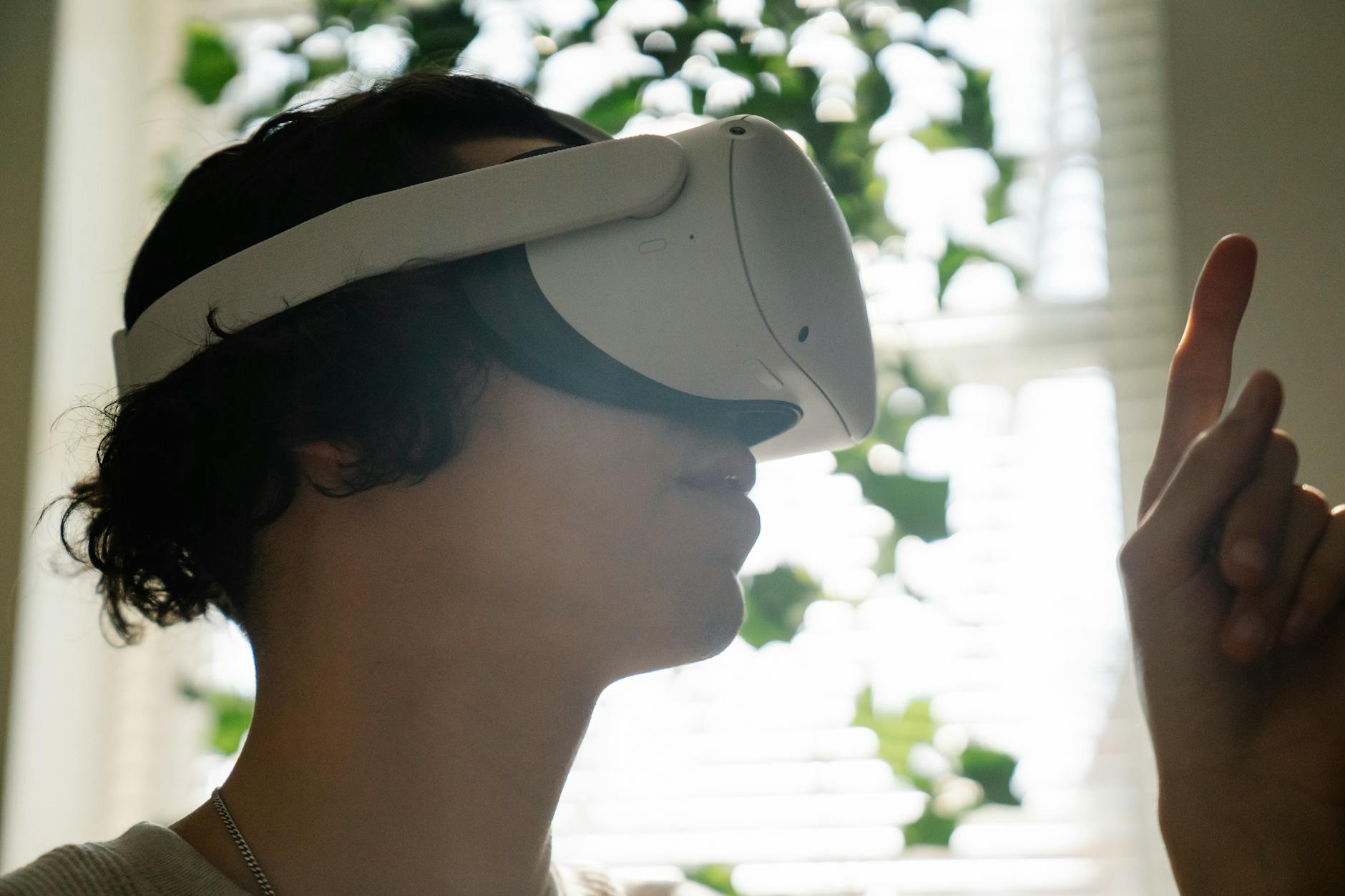
Internet of Things (IoT)
The Internet of Things (IoT) refers to the network of interconnected devices and objects that can communicate with each other. From smart home devices to wearable technology, IoT is transforming the way we interact with our surroundings. This technology opens up new possibilities for web design, as websites can now interact with physical objects in real-time.
Imagine a website that adjusts its content based on data collected from your smartwatch, or a website that can control your smart home devices. With IoT, web designers can create seamless and personalized experiences that adapt to the user’s environment and preferences.
Artificial Intelligence (AI)
Artificial Intelligence (AI) is no longer the stuff of science fiction; it is becoming increasingly integrated into our daily lives. AI-powered chatbots, such as ChatGPT and MidJourney, are transforming the way we interact with websites. These chatbots use natural language processing and machine learning algorithms to provide personalized and conversational experiences.
Imagine having a chatbot that can assist you with product recommendations, answer your questions, and provide support in a human-like manner. AI-powered chatbots can enhance user engagement, streamline customer service, and improve overall user experience.
The future of web design lies in embracing these emerging technologies. By incorporating VR and AR, leveraging the power of IoT, and harnessing the capabilities of AI, web designers can create immersive, interactive, and personalized experiences that will shape the digital landscape for years to come.
Conclusion
In conclusion, it’s fascinating to see how web design has evolved and adapted to new technologies over the years. From the simple static websites of the past to the interactive and dynamic websites of today, the journey has been nothing short of impressive. With the rise of mobile devices and the increasing importance of user experience, web designers have had to continuously refine their skills to create websites that are not only visually appealing but also functional and responsive. As technology continues to advance, web design will undoubtedly continue to evolve, and we can’t wait to see what the future holds for this ever-changing field.


